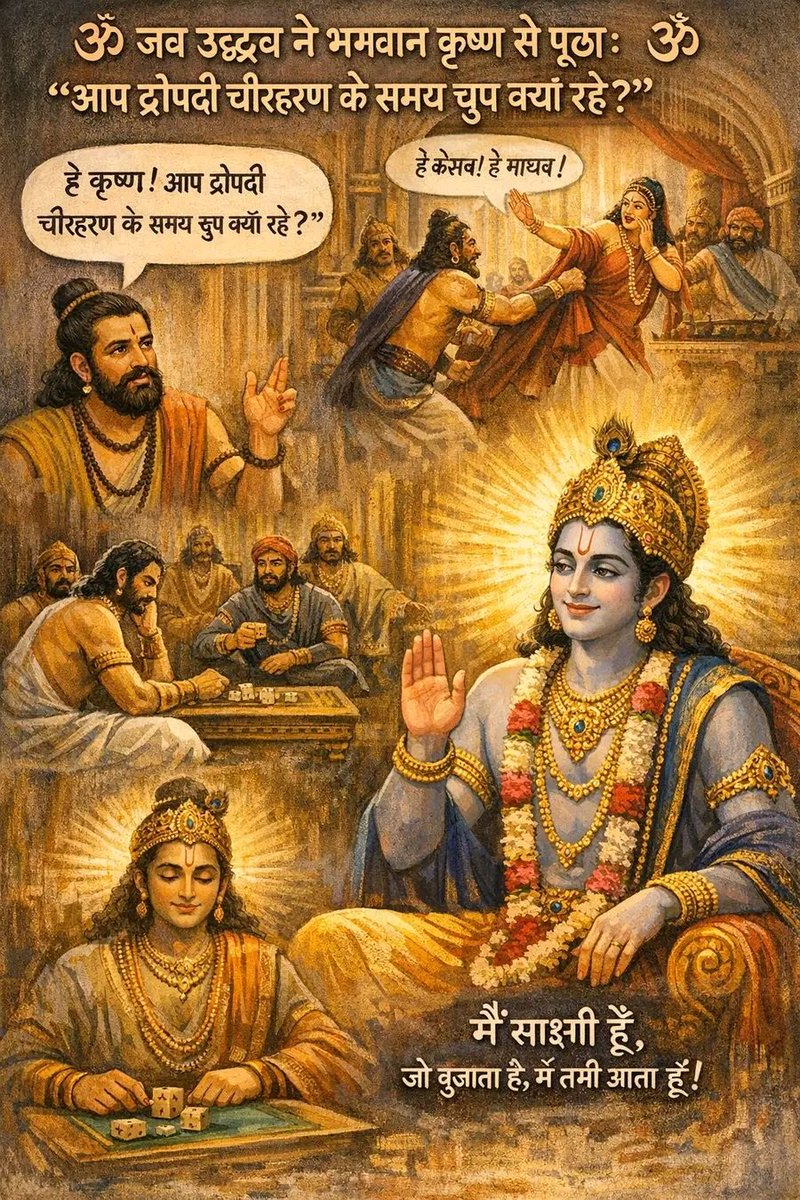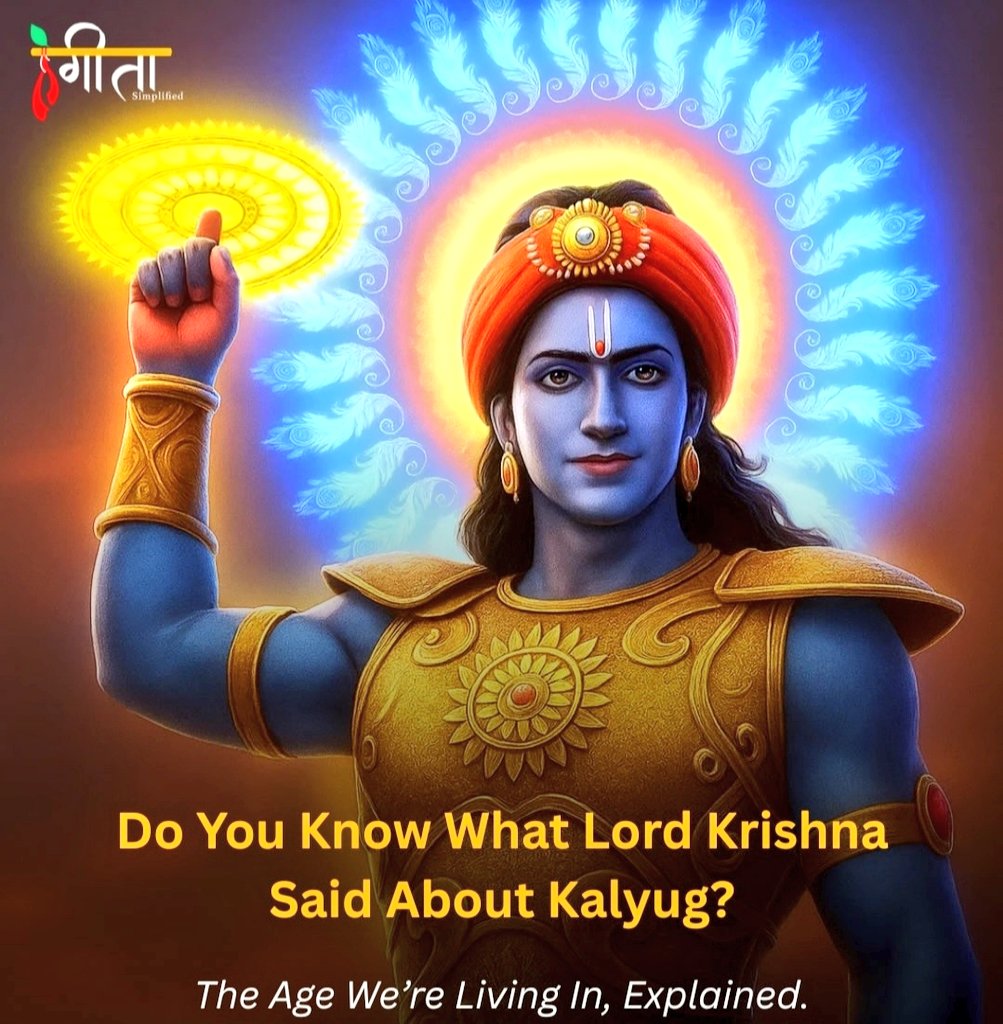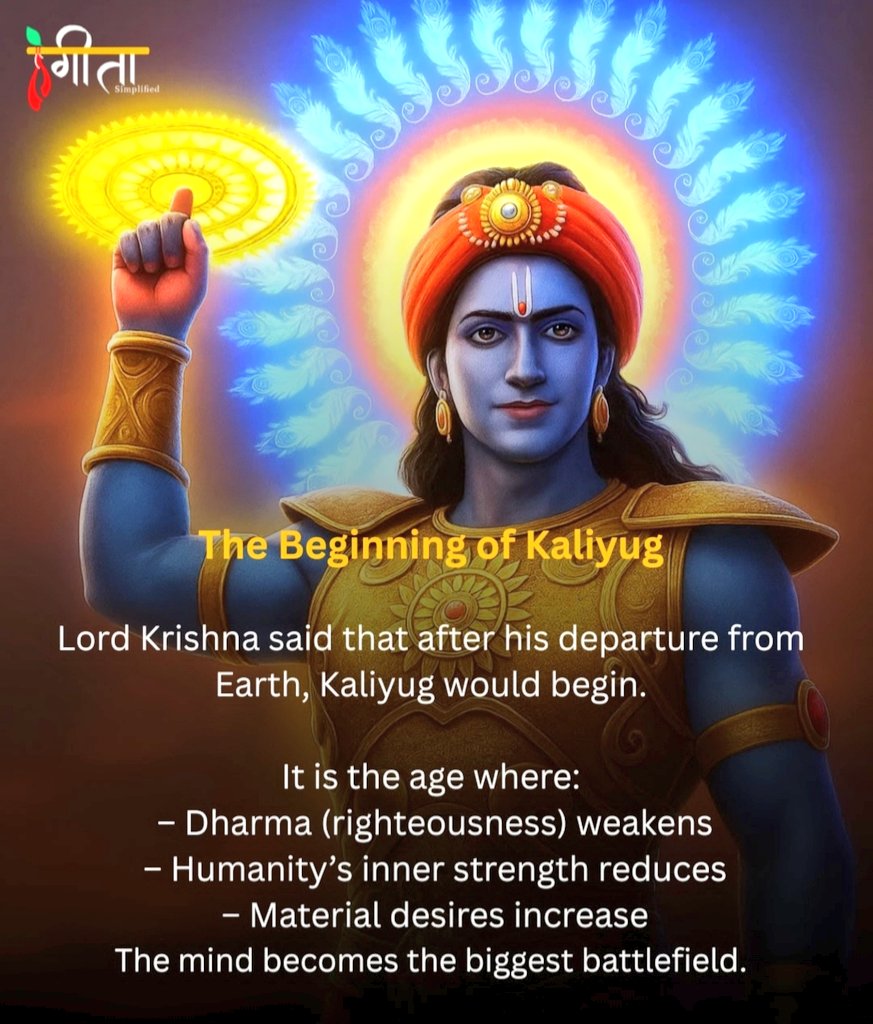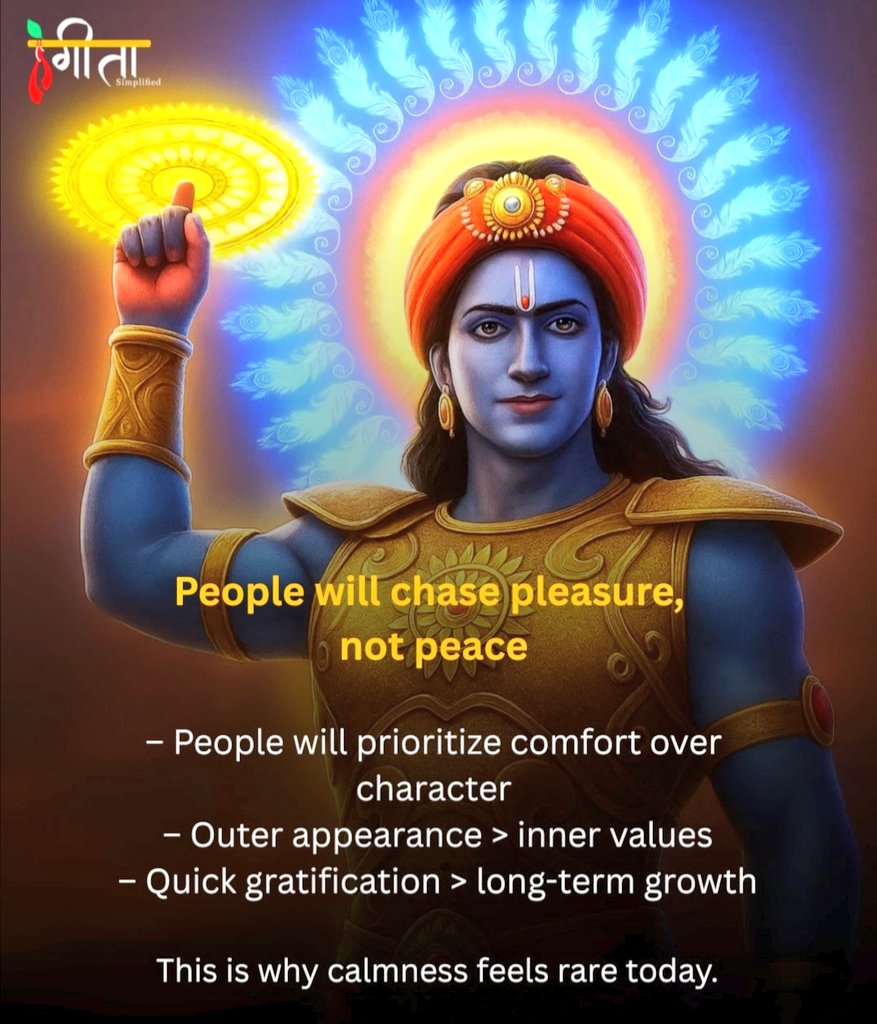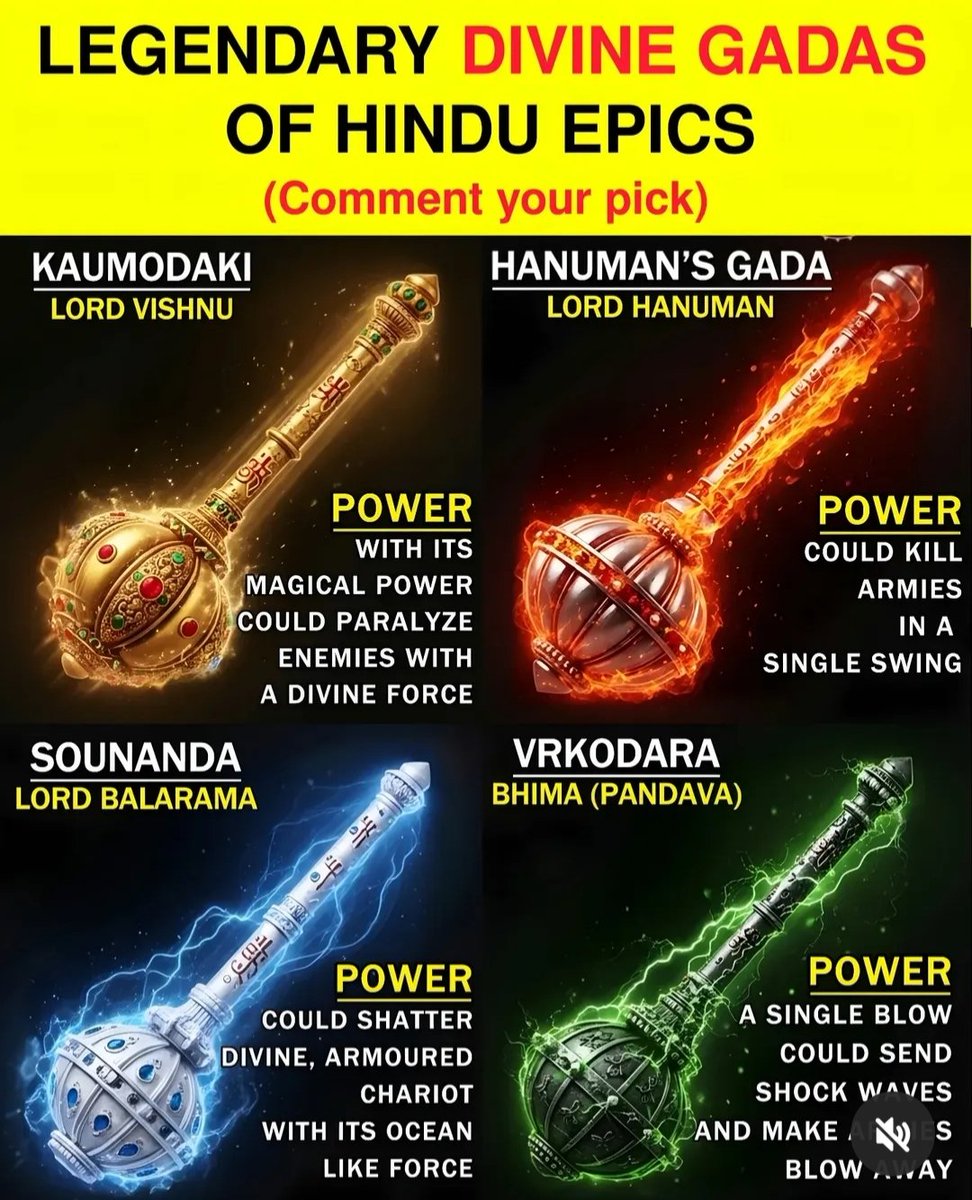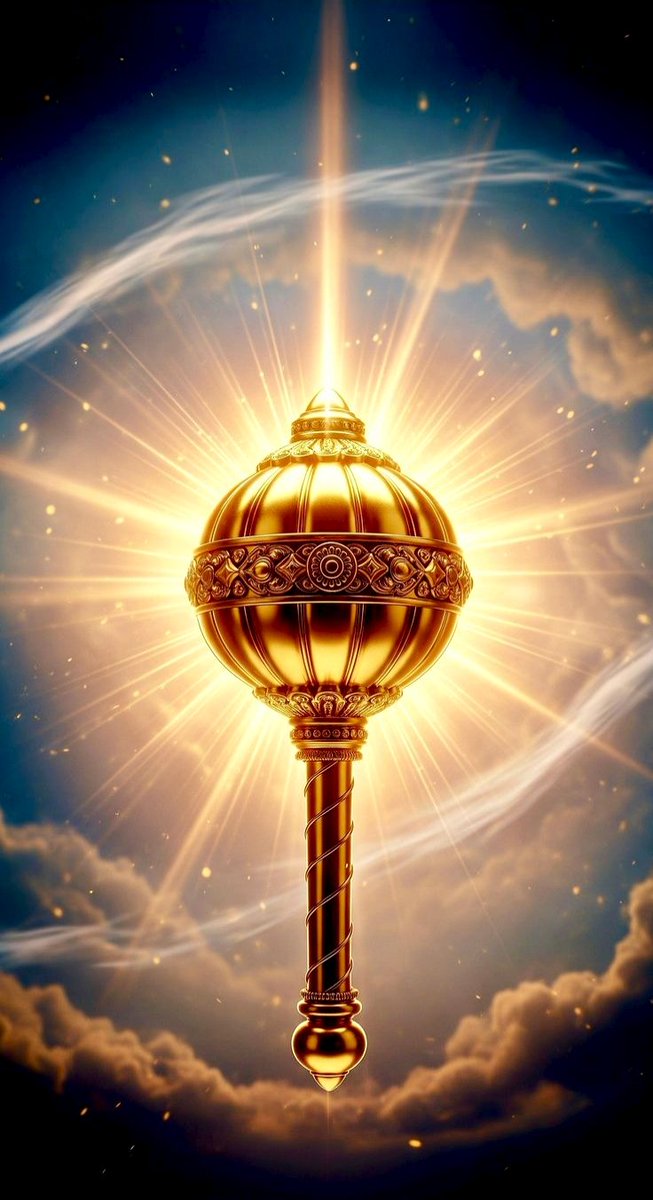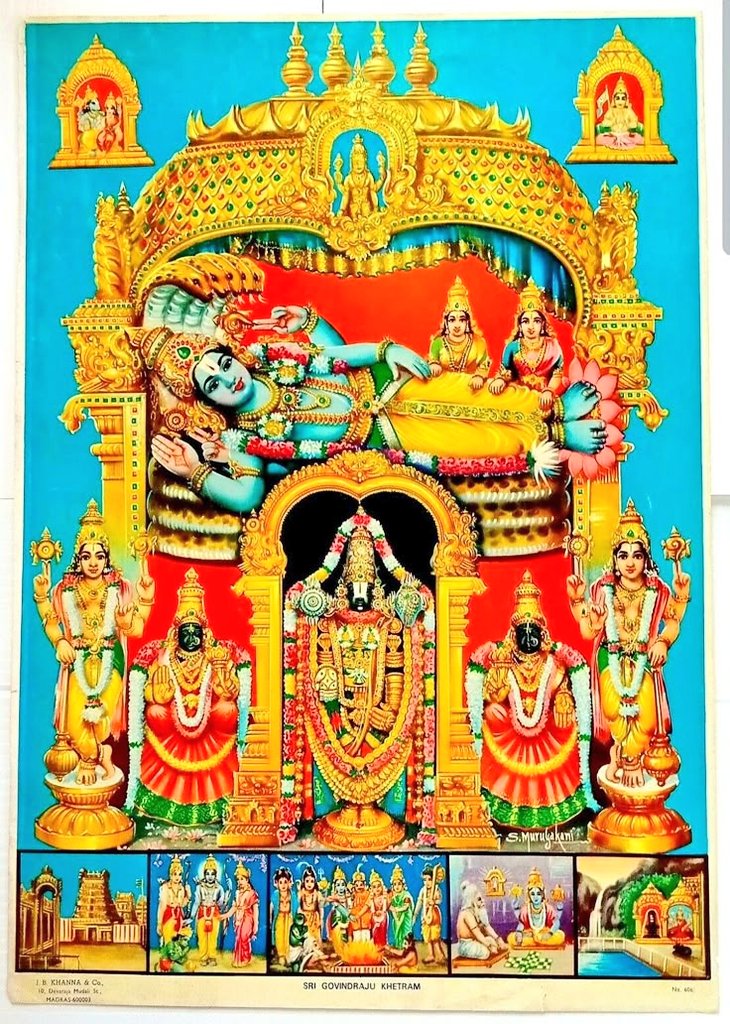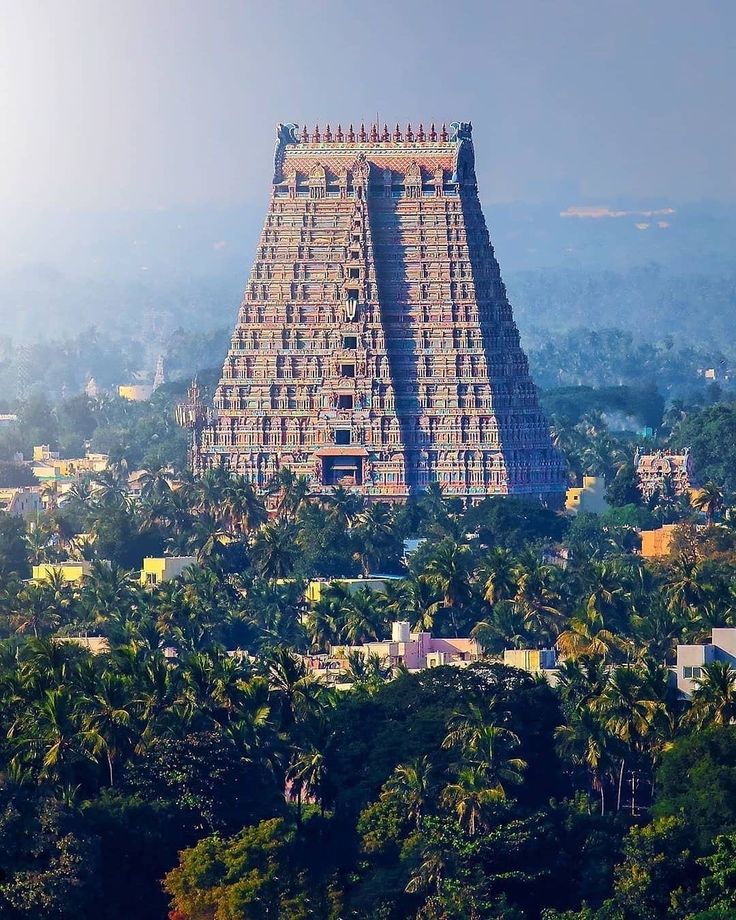Manu is a term found with various meanings in Hinduism. In early texts, it refers to the archetypal man, or to the first man (progenitor of humanity). The Sanskrit term for 'human', means 'of Manu' or 'children of Manu'. 

In later texts, Manu is the title or name of fourteen Kshatriya rulers of earth, or alternatively as the head of dynasties that begin with each cyclic kalpa when the universe is born anew. 

The title of the text Manusmriti uses this term as a prefix, but refers to the first Manu – Svayambhuva, the spiritual son of Brahma.
In the earliest mention of Manu, in the Rigveda, Manu is only the ancestor of the "Five Peoples", or "Páñca Jánāḥ"
In the earliest mention of Manu, in the Rigveda, Manu is only the ancestor of the "Five Peoples", or "Páñca Jánāḥ"
(the five tribes being the Anus, Druhyus, Yadus, Turvashas, and Purus). The Indo-Aryans considered all other peoples to be a-manuṣa. Later, in the Hindu cosmology, each kalpa consists of fourteen Manvantaras, and each Manvantara is headed by a different Manu. 

The current universe is asserted to be ruled by the 7th Manu named Vaivasvata. Vaivasvat was the king of Dravida before the great flood. He was warned of flood by the Matsya avatar of Vishnu&built a boat that carried Vedas,Manu's family &the seven sages to safety,helped by Matsya 

The tale is repeated with variations in other texts, including the Mahabharata and a few other Puranas. It is similar to other flood such as that of Gilgamesh and Noah. 
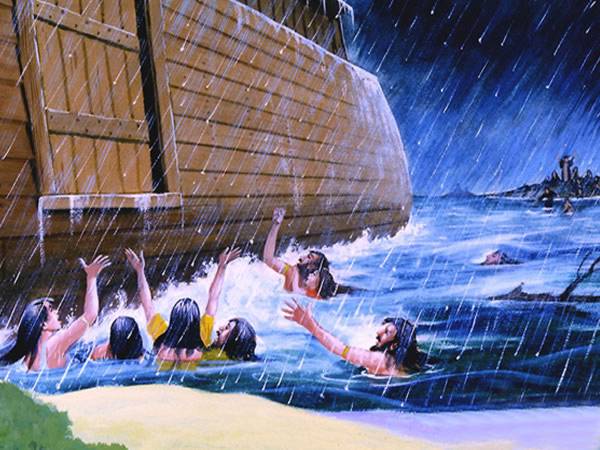
Svayambhuva Manu
The first Manu was Svayambhuva Manu.He was the mind-born son of God Brahma and husband of Shatarupa.He had 3 daughters,namely Akruti, Devahuti & Prasuti.Devahuti was given in marriage to sage Kardama & she gave birth to 9 daughters & a single son named Kapila.
The first Manu was Svayambhuva Manu.He was the mind-born son of God Brahma and husband of Shatarupa.He had 3 daughters,namely Akruti, Devahuti & Prasuti.Devahuti was given in marriage to sage Kardama & she gave birth to 9 daughters & a single son named Kapila.

Prasuti gave birth to several daughters including Khyati, Anasuya amongst many, and Akruti gave birth to one son named Yajna and one daughter. Both Kapila and Yajna, who were sons of Devahuti and Akruti respectively, were incarnations of Vishnu.
Svayambhuva Manu, along with his wife, Satarupa, went into the forest to practice austerities on the bank of the River Sunanda. At some point of time, Rakshasas attacked them, but Yajna, accompanied by his sons, the demigods, swiftly killed them. 

Then Yajna personally took the post of Indra,the King of heavenly planets. Svayambhuva Manu's abode is Brahmavarta,with the town of Barhismati as the capital. Barhismati was formed when Visnu in his Varaha Avatar shook his body,there fell large hair,which turned into the town.
The small hairs which fell turned into kusa and kasa grass.
In this Manvantara, the Saptarshis were Marichi, Atri, Angiras, Pulaha, Kratu, Pulastya, and Vashishtha. In Svayambhuva-manvantara, Lord Vishnu's avatar was called Yajna.
In this Manvantara, the Saptarshis were Marichi, Atri, Angiras, Pulaha, Kratu, Pulastya, and Vashishtha. In Svayambhuva-manvantara, Lord Vishnu's avatar was called Yajna.
Swarochisha Manu
The Saptarshis were Urjastambh,Agni,Prana, Danti,Rishabh,Nischar& Charvarivan. In Svarocisha-manvantara, Bhagwan Vishnu's avatar was called Vibhu.
The second Manu,whose name was Svarocisha,was the son of Agni&his sons were headed by Dyumat,Sushena &Rochishmat.
The Saptarshis were Urjastambh,Agni,Prana, Danti,Rishabh,Nischar& Charvarivan. In Svarocisha-manvantara, Bhagwan Vishnu's avatar was called Vibhu.
The second Manu,whose name was Svarocisha,was the son of Agni&his sons were headed by Dyumat,Sushena &Rochishmat.

He invented clothing&made it for mankind. At his deathbed,Devala Rishi was born from Shiva's third eye to succeed Svarochisa Manu in making clothes for mankind. In the age of this Manu,Rochana became Indra,the ruler of heavenly planets &there were many demigods headed by Tushita.
There were also many saintly persons, such as Urjastambha. Among them was Vedasira, whose wife, Tushita, gave birth to Vibhu. Vibhu was the incarnation of Vishnu for this Manvantara. He remained a Brahmachari all his life and never married. 

He instructed 88000 dridha-vratas or saintly persons, on sense-control and austerity.
Uttama Manu
The Saptarshis for this Manvantara were Kaukundihi, Kurundi,Dalaya,Sankha, Pravahita,Mita & Sammita. In Uttama-manvantara,Prabhu Vishnu's avatar was called Satyasena.
Uttama Manu
The Saptarshis for this Manvantara were Kaukundihi, Kurundi,Dalaya,Sankha, Pravahita,Mita & Sammita. In Uttama-manvantara,Prabhu Vishnu's avatar was called Satyasena.
Uttama, the son of Priyavrata, was the third Manu.Among his sons were Pavana,Srinjaya and Yajnahotra.During the reign of this Manu,the sons of Vashista,headed by Pramada, became the seven saintly persons.The Satyas, Devasrutas & Bhadras became the demigods &Satyajit became Indra.
From the womb of Sunrita, the wife of Dharma, the Supreme God Narayana appeared as Satyasena and killed all the evil Rakshasas who created havoc in all the worlds, along with Satyajit, who was Indra at that time. 

Tapasa/Tamasa Manu
Saptarshis list: Jyotirdhama, Prithu,Kavya,Chaitra,Agni, Vanaka and Pivara. In Tapasa-manvantara,Bhagwan Vishnu's avatar was called Hari.
Tapasa/Tamasa,the brother of third Manu,was the fourth Manu and he had ten sons, including Prithu,Khyati,Nara and Ketu.
Saptarshis list: Jyotirdhama, Prithu,Kavya,Chaitra,Agni, Vanaka and Pivara. In Tapasa-manvantara,Bhagwan Vishnu's avatar was called Hari.
Tapasa/Tamasa,the brother of third Manu,was the fourth Manu and he had ten sons, including Prithu,Khyati,Nara and Ketu.
During his reign,Satyakas, Haris,Viras&others were demigods.The 7 great saints were headed by Jyotirdhama& Trisikha became Indra.Harimedha begot a son named Hari,who was the incarnation of Vishnu for this Manvantar by his wife Harini.Hari was born to liberate devotee Gajendra.
Raivata Manu
Saptarshis list: Hirannyaroma, Vedasrí, Urddhabahu, Vedabahu, Sudhaman, Parjanya, and Mahámuni. In Raivata-manvantara, Vishnu's avatar was called Vaikuntha, not to be confused with Vishnu’s divine realm, of the same name.
Saptarshis list: Hirannyaroma, Vedasrí, Urddhabahu, Vedabahu, Sudhaman, Parjanya, and Mahámuni. In Raivata-manvantara, Vishnu's avatar was called Vaikuntha, not to be confused with Vishnu’s divine realm, of the same name.
Vaikuntha came as Raivata Manu, the twin brother of Tamasa. His sons were headed by Arjuna, Bali and Vindhya. Among the demigods were the Bhutarayas, and among the seven brahmanas who occupied the seven planets were Hiranyaroma, Vedasira and Urdhvabahu. 

• • •
Missing some Tweet in this thread? You can try to
force a refresh


